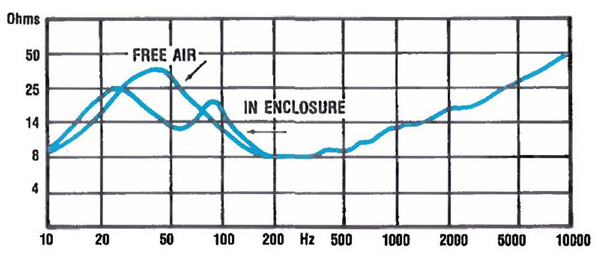
I have seen some amps that are their own worst enemy for generating noise in the system, in that the power transformers have stray fields that induce noise in other amps and low level electronics placed above and below them. The way to claim some signal-to-noise back is to raise the signal level in the distribution chain.
Raising the signal level you send through the noise jungle by 6 dB to 10 dB provides a 6 dB to 10 dB S/N (signal-to-noise) ratio improvement, assuming the noise floor is limited by conditions after the DA. This will require choosing a DA that has the kind of output level capabilities needed, and installing input pads on the receiving devices to drop the level back down to a level that can be dealt with.
Some pro amps have a switch to change the gain, allowing an input signal of over 2 volts (V) to be used to reach full power, instead of 0.775V. Many amps already have input sensitivities of 1.75V to 1.95V. This is a handy feature for building a gain structure that reduces noise.
If you are sending an elevated signal of +10 dB more than required to achieve full output of the system, it may require a DA with +30 dB output capability to leave some headroom at operating level. It will also require a 10 dB pad built for the input of each receiving device.
If the receiving device has an input level control as the first thing in the chain, you could conceivably just “turn it down,” but that will likely leave the control set at a tick above off, reducing the control range available. If the first stage is active, an input attenuator is an absolute necessity.
If the system is intended to work in theatrical venues or locations with low ambient noise (less than NC20, or noise criteria curve of 20), you may find it absolutely necessary to use this kind of edge to optimize gain structure. A system that sounds quiet in the back of a shop with an ambient noise rating of NC50 may still sound like a noise generator in a room with an NC15 rating, such as a concert hall.
A DA also gives you the flexibility to leave the amp volume controls wide open and adjust the drive level with the DA outputs. This is handy from a goof-proofing point of view, but without some passive pads at the amp input or some gain selection capability, this rarely results in good quiet gain structure.
If nothing else, a DA makes it easier to hook up all of the signal leads you require to distribute the signals. Good quality DAs with lots of drive level are not inexpensive, but the headaches they eliminate make them quite cost effective.
Downstream
We’ve covered some G’Zinta concerns, now let’s look at the G’Zouttas. There has been no shortage of material written on loudspeaker cables in the past few years. It would be nice to use liquid hydrogen-filled copper pipe, or some room-temperature super-conducting cable to connect amps to loudspeakers, but the current reality is that cable has resistance.
The important thing to do is optimize the equipment cost/performance ratio in a sound system, where using loudspeaker cable that costs a couple of hundred dollars per foot is not a viable engineering option, no matter how good it could sound.
Let’s take a quick look at loudspeaker impedance, because that is the load we will be dealing with. Refer to Figure 2, which shows the impedance of a 15-inch low-frequency device, in free air and in a ported enclosure.
The minimum impedance point in this case is 8 ohms, with the impedance rising on both sides. The rise with increasing frequency is reactive, that is, resulting from the inductance of the voice coil. The rise with decreasing frequency is again reactive, this time from the action of the cone mass, suspension and air in the box, which is why it changes with the type of enclosure it is operating in. The minimum impedance point is typically where the resistive component of the voice coil is the most important player.
If you measure a loudspeaker with a dc VOM (you know, an ohmmeter) you will get a reading that is close to this minimum impedance point. This also happens to be the point where the biggest rise in impedance happens when you run your loudspeakers hard for a time, and they heat up, (a.k.a., power compression), as it is the resistive component that changes the most in warm wire (but that’s another article).

